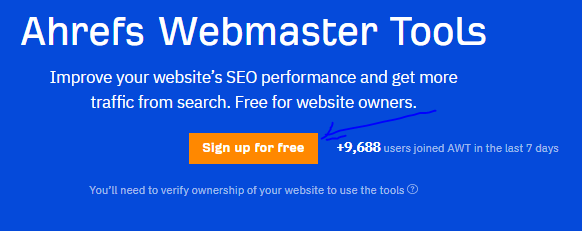When you’re new to the world of Search Engine Optimization (SEO), navigating the technical aspects seems daunting. But fear not! In this blog post, we will unravel the technical SEO best practices for you as a beginner and equip you with essential practices to kickstart your journey towards improved search engine rankings and online visibility.
Whether you’re a website owner, blogger, or digital marketer, understanding technical SEO fundamentals is crucial to optimizing your website’s performance and providing users with a seamless browsing experience. From website structure to page speed and less potential SEO errors, we’ll cover three important elements that search engines look for when ranking websites.
Join us as we dive into the realm of technical SEO and discover the strategies that will set you on the path to online success. Let’s unlock the power of technical SEO together!
Are you ready to take your website to new heights? Let’s get started!
3 Technical SEO best practices for every beginner
- Ensure that your site structure follows a logical hierarchy
- Ensure your pages don’t load slowly
- Do your best to stay on top of around 50 potential SEO errors
-
Ensure that your site structure follows a logical hierarchy
Site structure is simply the way you organize content on your website. You can think of it like a mind-map. At the top, you would have your homepage. Then you would probably have main topics that branch out from your home page, like your services page, blog, and about page. Then from these main topics, you would probably have even more branches to other pages.
These branches represent internal links, which are just links from one page on your site to another. They help search engines understand the relationship between these pages. Site structure also helps search engines crawl your pages more efficiently, which is why having a logical hierarchy is essential. What I just talked about is the basic stuff, and you may have been doing that already. But it can get more complex as you add more pages to your site like blog posts, category pages, or product pages.
-
Ensure your pages don’t load slowly
As you may know, page speed has been a confirmed ranking factor for desktop search since Friday, April 09, 2010. And on Wednesday, January 17, 2018, Google announced that they would be using page speed in mobile search rankings. You don’t need to obsess over every millisecond it takes for your page to load.
In the second paragraph of the post about using page speed in mobile search rankings, Google says: “the ‘speed update’ as we are calling it will only affect pages that deliver the slowest experience to users and will only affect a small percentage of queries.” So bottom line, you don’t want your pages to load slowly.
Two fundamental things that every website should do
- Cache your website’s content
- Compress your images
Cache your website’s content
Caching is basically a way to temporarily store copies of files so they can be delivered to visitors in a more efficient way. Most web hosting companies that you may know have caching features.
Compress your images
Compressing images makes your file sizes smaller and smaller files load faster. You can use a tool like shortpixel, which has both a web interface and a WordPress plugin. Now, if you want to take page speed a step further, then it can get quite technical and complex, but you can learn how to do it in 3 simple steps by clicking here.
-
Do your best to stay on top of around 50 potential SEO errors
Trust me; it’s not as bad as it sounds. There are potentially hundreds of technical SEO issues that can, and some will definitely happen to your site. Some of these things include
- Broken pages that still have internal links pointing at them.
- Orphan pages: These are pages on your site that have no incoming links (from an SEO perspective, this is bad because it can make it challenging for search engines to actually discover them).
- Duplicate content issues.
- Redirect chains.
There is no point for us to be going through 50 different potential issues because it will only matter to you if you run into them. So what I recommend you do is to run scheduled website audits on your site. A website audit will give you a complete analysis of potential issues that could be harming your website’s SEO performance.
You can do that using the site audit tool of any SEO tool you are using. If you don’t have paid plan, you can sign up for a free Ahrefs webmaster tools account which will let you crawl up to 10,000 pages on each website you own. To get started, go to Ahrefs.com/awt and sign up for your free webmaster tools account.

Then you will be taken to a page to add your email address for confirmation and verification. Once you confirm the email, they will need to verify your website to prove that you actually own it. You can do it manually. Just enter your domain and click on continue. Then verify your website using one of these three methods [DNS record, HTML file, or HTML tag].

You can also do that using the Google search console, which is the easiest method. Click on import, and then accept. Next, you will need to import your sites. Choose – start first audit now, schedule weekly audits, and also enable crawl external links (this is to ensure that you catch any broken or redirected outgoing links). Hit import and the crawl should start running.
After the crawl has been completed, go to the overview report in your site audit project, and you will immediately see things like your health score, which is the percentage of URLs on your site that don’t have errors. You will also see the top issues found on your site, as well as the number of URLs that had the issue. So when you run into an issue, you can click on the caret to see a description of what it means and a short snippet of how to fix it.
And once you have an idea of what the issue is and how to fix it, just click on the number under the “crawled” column to see the affected URLs. Then it’s just a matter of fixing them one by one or hiring someone to help. And since you set up scheduled audits, you can revisit the overview report to see if there is any “SEO maintenance” you can do.



